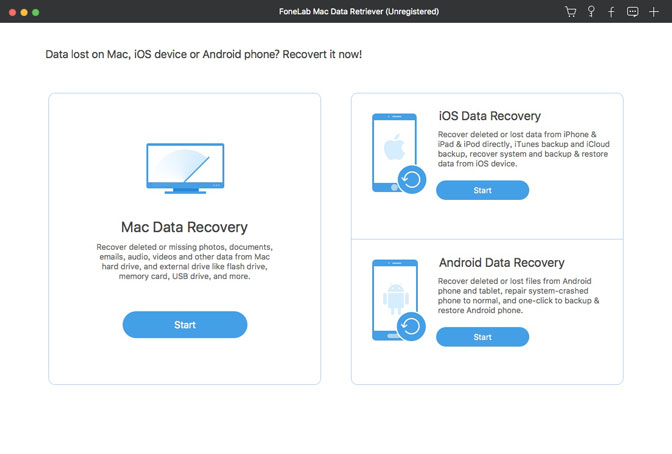Files in Trash
If you simply put files in the Trash you can restore them by opening the Trash (left-click on the Trash icon) and drag the files from the Trash to your Desktop or other desired location. OS X also provides a short-cut to undo the last item moved to the Trash -press COMMAND-Z.
If you empty the Trash the files are gone. If a program does an immediate delete rather than moving files to the Trash, then the files are gone. Recovery is possible but you must not allow any additional writes to the hard drive - shut it down. When files are deleted only the directory entries, not the files themselves, is modified. The space occupied by the files has been returned to the system as available for storage, but the files are still on the drive. Writing to the drive will then eventually overwrite the space once occupied by the deleted files in which case the files are lost permanently. Also if you save a file over an existing file of the same name, then the old file is overwritten and cannot be recovered.
General File Recovery
If you stop using the drive it's possible to recover deleted files that have not been overwritten with recovery software such as Data Rescue II, File Salvage or TechTool Pro. Each of the preceding come on bootable CDs to enable usage without risk of writing more data to the hard drive.
The longer the hard drive remains in use and data are written to it, the greater the risk your deleted files will be overwritten.
Also visit The XLab FAQs and read the FAQ on Data Recovery.
What if you delete these files from your Mac OS X permanently? Some situations are. Remo Mac Recovery Software for Recovering Deleted DMG Files.
Mar 4, 2009 12:04 PM

Disk Utility User Guide
You can restore a disk image to a disk. To do this, you first need to erase the disk. If the disk image has multiple partitions, you must restore each partition individually.
Restore a disk image with a single volume to a disk
In the Disk Utility app on your Mac, select the volume that you want to restore in the sidebar, then click the Restore button .
This is the volume that is erased and becomes the exact copy.
Click the Restore pop-up menu, then choose the volume you want to copy.
If you’re restoring from a disk image, click the Image button, then navigate to that disk image.
Click Restore.
Restore a disk image with multiple volumes to a disk

To restore a disk image with multiple volumes to a disk, you must partition the destination disk, then restore each volume individually.
In the Finder on your Mac, double-click the disk image to open it.
TexturePacker 4.4 for Mac is free to download from our software library. This Mac application was originally developed by code'n'web. The most popular versions of the tool are 3.3, 2.4 and 2.3. This Mac download was checked by our antivirus and was rated as virus free. The program lies within Design & Photo Tools, more precisely Viewers & Editors. TexturePacker 5.3.0 - Creates and optimizes sprite sheets. Download the latest versions of the best Mac apps at safe and trusted MacUpdate. Texturepacker mac texturepacker for mac.
The disk image’s volumes appear as disks in the Finder.
In the Disk Utility app, select the disk in the sidebar, click the Partition button , then partition the destination disk.
The destination disk must have as many partitions as the disk image, and each of the disk’s partitions must be at least as large as the corresponding partition in the disk image. See Partition a physical disk in Disk Utility on Mac.
In the sidebar, select the volume that you want to restore, then click the Restore button .
This is the volume that is erased and becomes the exact copy.
Do one of the following:
Restore from a volume: Click the “Restore from” pop-up menu, then choose the volume you want to copy.
Restore from a disk image: Click Image, choose the disk image you want to copy, then click Open.
Click Restore.
Repeat steps 3–5 for each remaining partition.